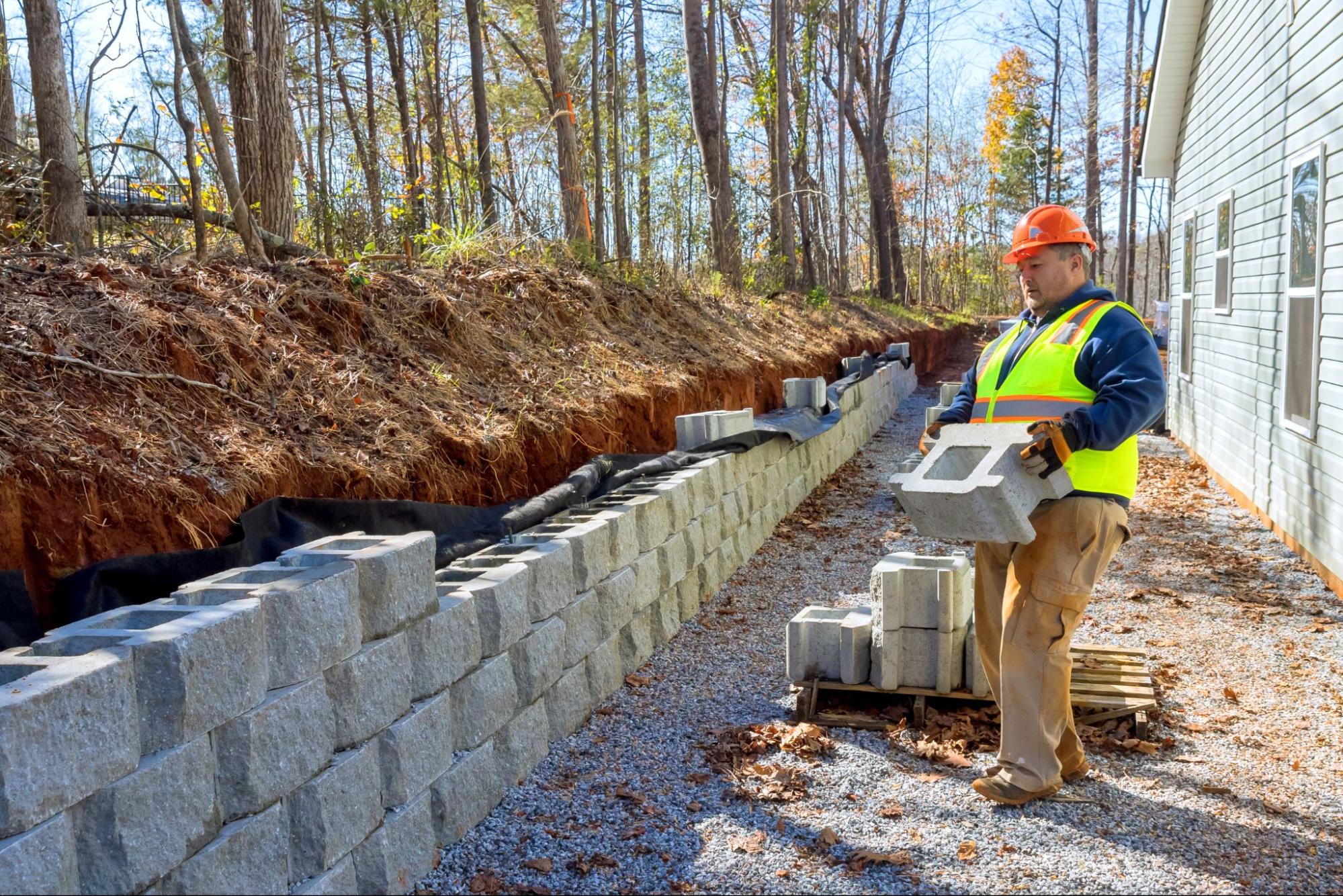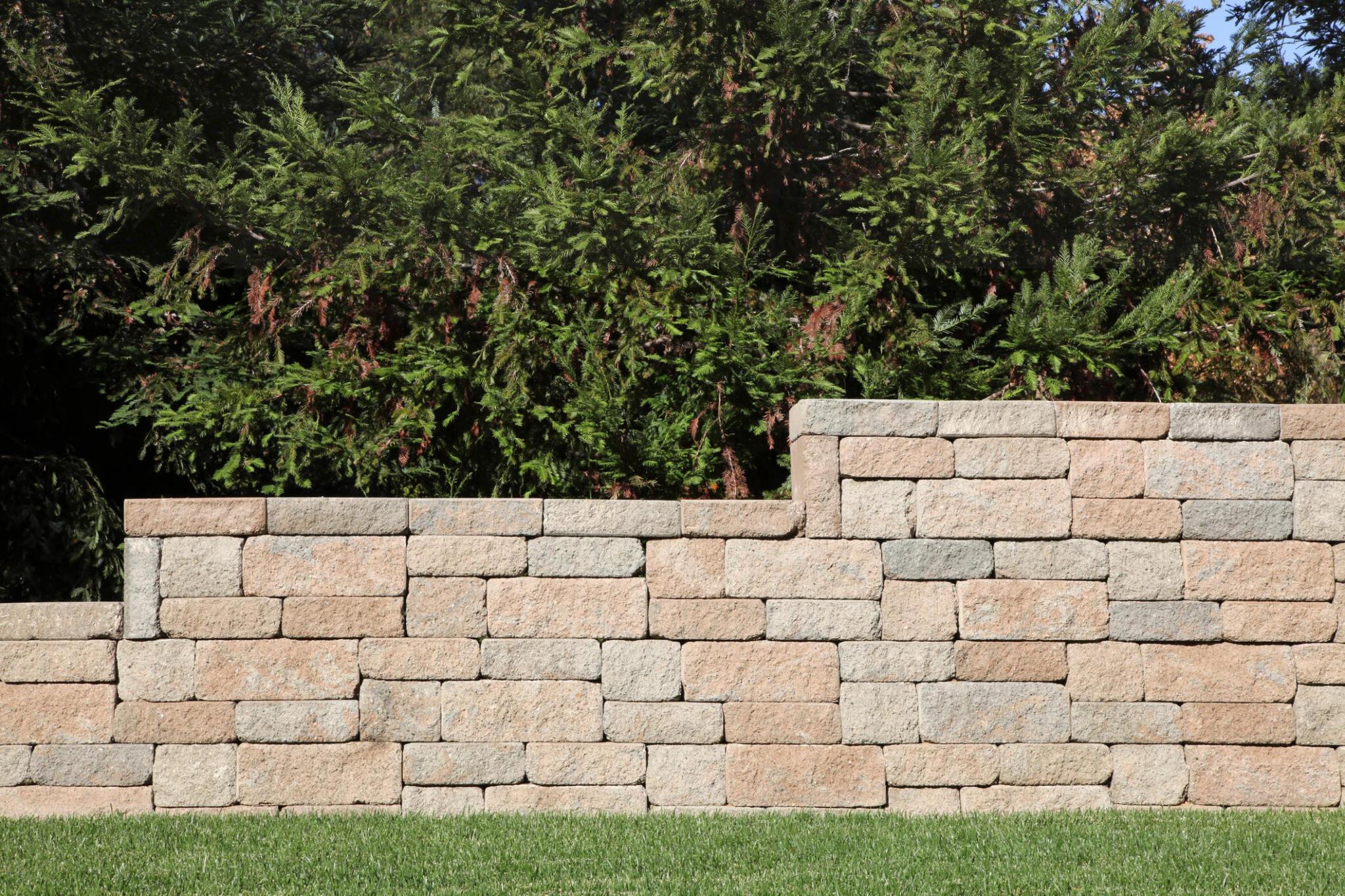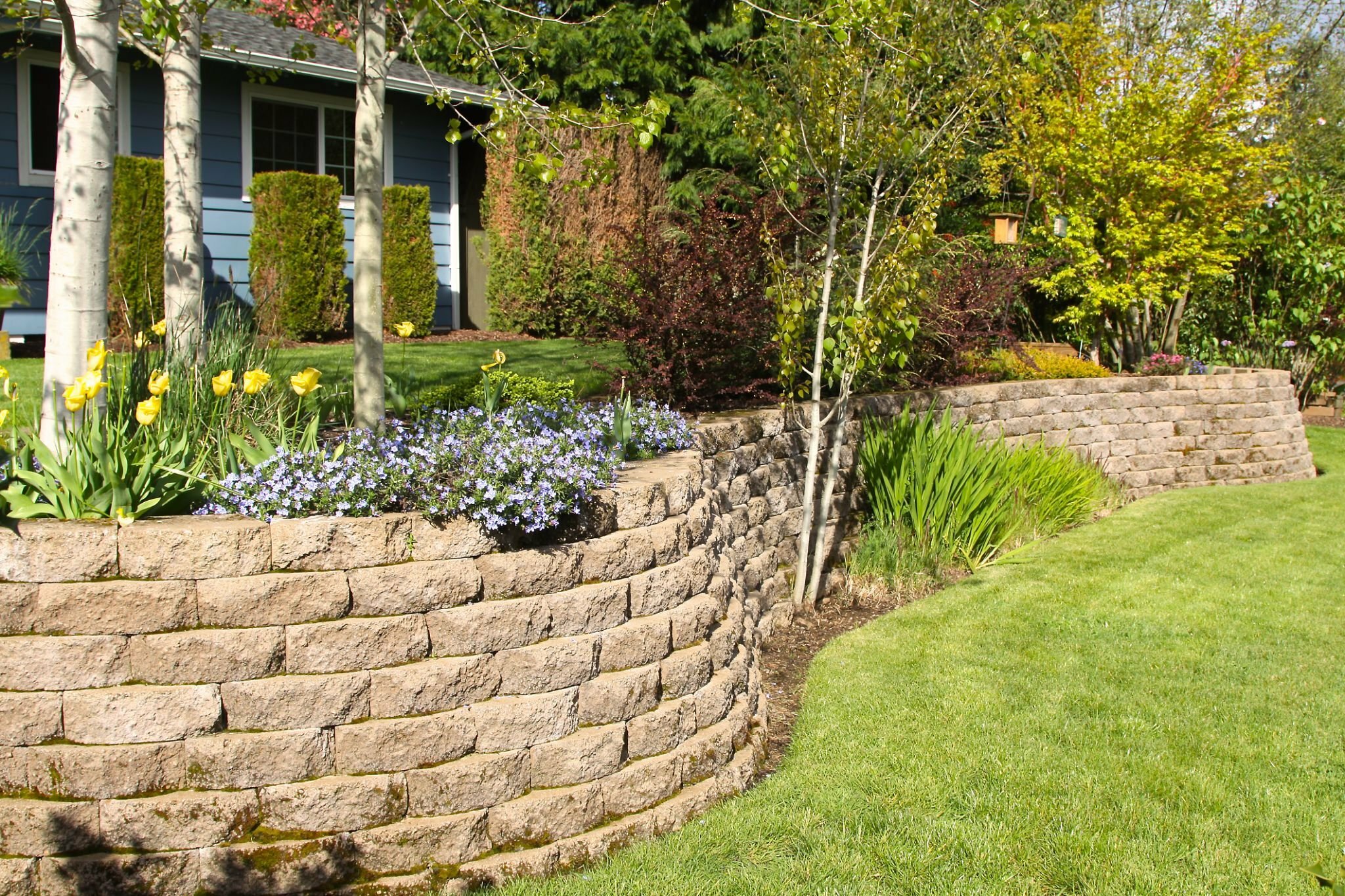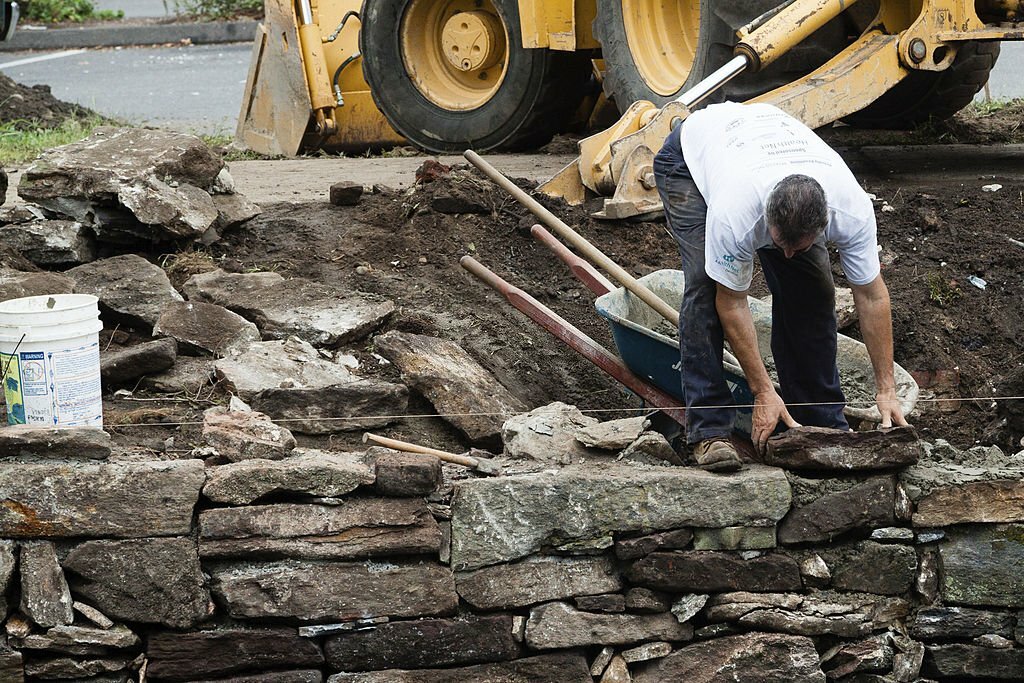
How Soil Conditions Affect Constructing a Retaining Wall
Retaining walls succeed or fail based on what’s beneath and behind them. Soil isn’t just “dirt”—it has structure, strength, and moisture behavior that determine pressure

Retaining walls succeed or fail based on what’s beneath and behind them. Soil isn’t just “dirt”—it has structure, strength, and moisture behavior that determine pressure

Water and gravity never take a day off. On sloped lots, that simple truth turns into rills, washed-out mulch, exposed roots, and settling patios. Thoughtfully

A retaining wall is built to hold back soil and prevent erosion in areas with uneven terrain. It provides stability by counteracting the pressure exerted

Picture this: a warm summer evening, the gentle rustle of leaves, and your eyes wandering across a landscape that feels like a personal sanctuary. Your

Introduction The retaining wall is a structure that primarily holds back the lateral pressure applied on a property. The retaining wall is commonly found in

Retaining walls, those stalwart sentinels of our landscapes, serve a multitude of purposes. They control erosion, offer structural stability, and add an aesthetic touch to

Introduction The process of a retaining wall may seem like a simple procedure but there are a lot of complications involved in the overall procedure.

It’s important to regularly check up on your retaining wall. They stop soil erosion and help provide stability to your property. Over time, the wall

With years of expertise and a passion for excellence, we transform ordinary spaces into extraordinary masterpieces.
800 Lexington st Waltham suite 1094